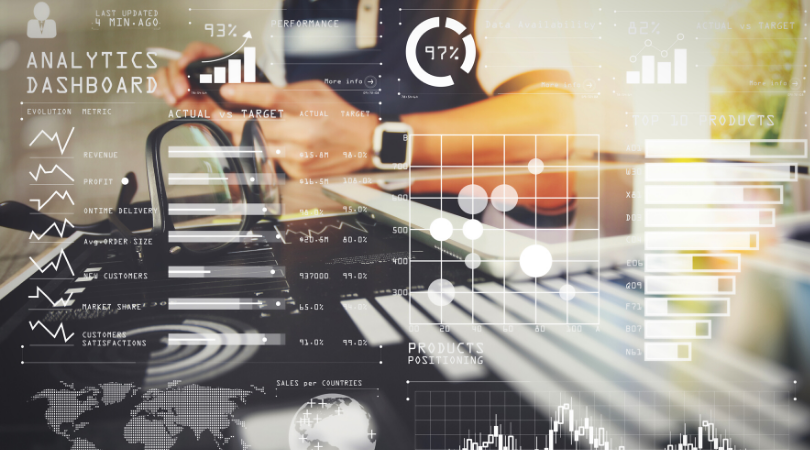
Big Data is a mixed bag for marketers. On the one hand, it has the capacity to completely transform marketing practices so that they’re more efficient and more effective. On the other hand, Big Data is big. Really, really big. Unimaginably big.
Just how big is Big Data? According to the World Economic Forum, the digital universe will reach 44 zettabytes by 2020. That’s 40 times more bytes of data than there are stars in the observable universe. By 2025, an estimated 463 exabytes of data will be created every single day around the world. Using the WEF’s quaint, old-fashioned analogy, that’s 212,765,957 DVDs-worth of data – every day.
Of course, marketers don’t have to sift through all the data out there. We only have to access and analyze the data in our own warehouses, which varies with the size of the customer base. Apple, as an extreme example, operates a multiple-petabyte Teradata system. Even for businesses without that astronomical quantity of customer data at their fingertips, making a prolific database usable requires a strategy and appropriate tools. That’s where predictive analytics come in.
Why should you be paying attention to predictive analytics?
Predictive analytics provides a way for marketers to make use of abundant customer and business data. Whereas descriptive analytics allows you to review historical data, predictive analytics can be used to actually forecast future outcomes based on historical data. It turns data into predictive power, empowering marketers to devise and implement marketing strategies with more fruitful ROI.
How does predictive analytics work?
Predictive analytics deploys a variety of techniques to drill down into data and transform it into a roadmap for more successful future marketing campaigns. Data mining, machine learning, predictive modeling, algorithms and AI are all used to analyze data and make predictions about customer behaviors, detailed lead scoring, and marketing campaign optimization, among other things.
For example, to predict the impact of an advertising campaign for a local hotel client, Morgan & Co. first worked with the hotel’s marketing team to compile historical data, including any promotions, ads, booking histories, etc. We then examined the data using our advanced analytics software, and identified patterns to determine the probable effect of a particular promotion at a specific time. Using that data, we were able to derive actionable insights regarding best practices for future campaigns – ones that would provide the greatest ROI for the hotel.
What is the first step you should take to begin implementing predictive marketing analytics?
As with all marketing strategies, the first step in predictive analytics is defining your desired outcomes. Having a clear picture of what success looks like is critical in recognizing when you achieve it. The marketing results you want to predict should be aligned with the business goals you want to reach.
Once you’ve identified your outcomes, it’s a matter of collecting and analyzing data and making predictions based on your findings. Naturally, it’s more complicated than that, but working with innovative tools and techniques makes it much simpler than it would have been in previous years.
If you’re seeking to optimize your marketing campaigns with predictive analytics, and you’re not confident that you’ve got the time, resources, or know-how to undertake it, get in touch with Morgan & Co. We’re numbers people, and data is at the foundation of all of our marketing and media strategies. We’ve invested in cutting-edge analytics software to give our clients a leading advantage in their market. Get in touch with us today to learn how we can help you.
